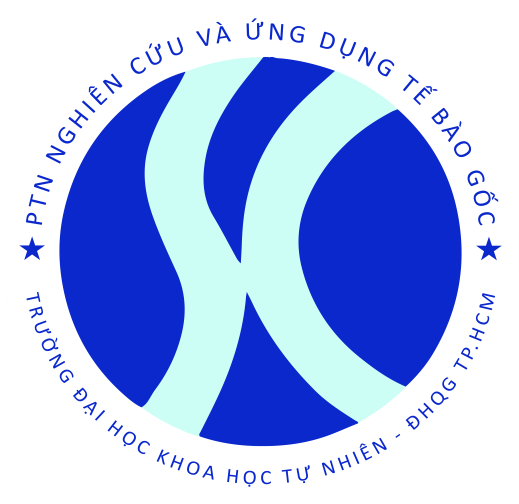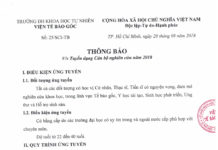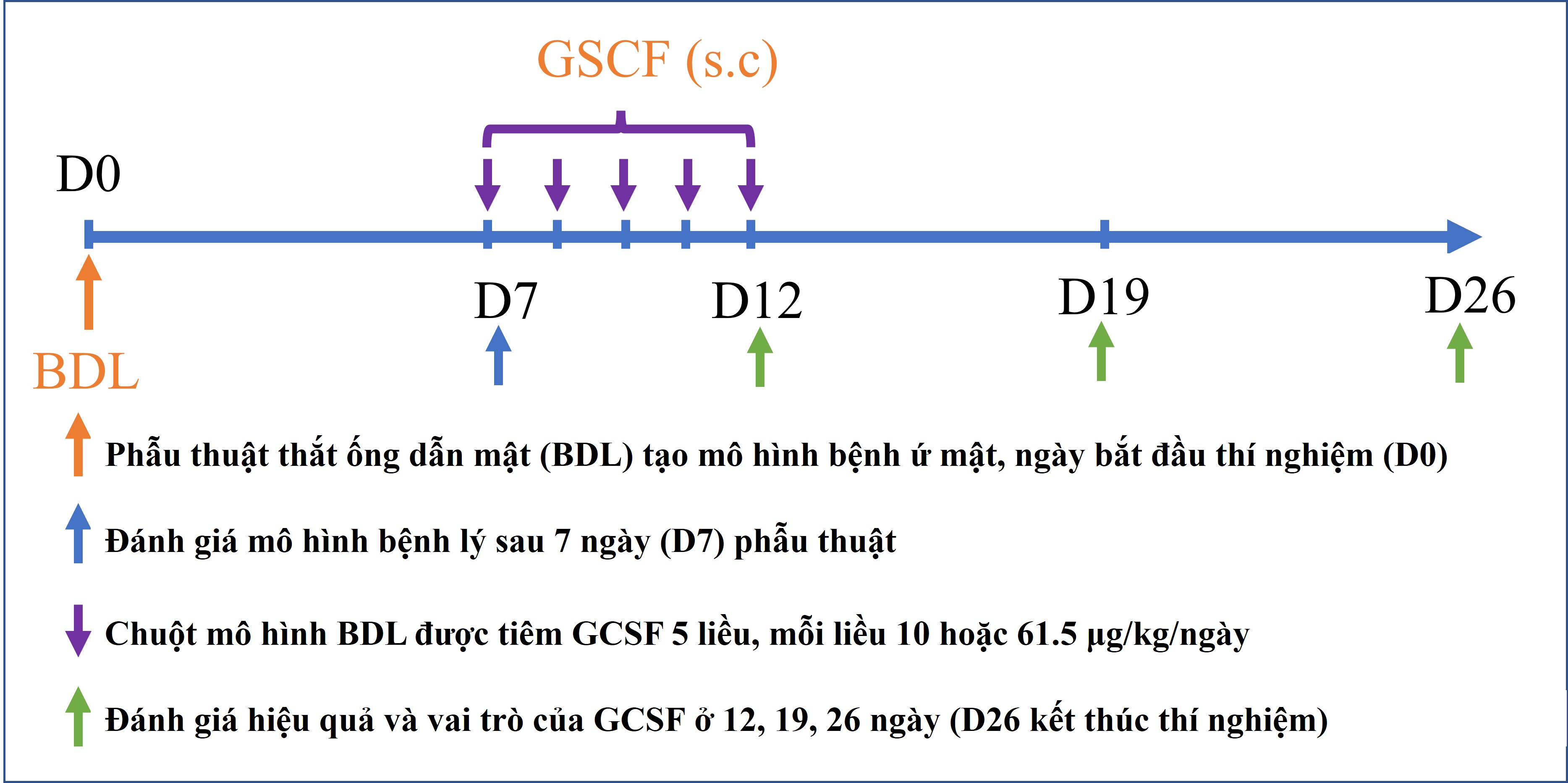In vitro spontaneous differentiation of human breast cancer stem cells and methods to control this process
Article · June 2015
DOI: 10.7603/s40730-015-0014-0
Abstract
Breast cancer is said to originate from breast cancer stem cells (BCSCs). Previous published studies showed that BCSCs exhibited a high degree of multi-drug resistance. This study aimed to evaluate the spontaneous differentiation of human BCSCs and investigate various in vitro conditions that could be used to control this process. BCSCs were sorted from primary cultures of breast malignant tumors based on expression of CD44 and CD24. The in vitro spontaneous differentiation of BCSCs was evaluated using standard DMEM/F12 medium supplemented with 10% fetal bovine serum (FBS) and 1% antibiotic-antimycotic. There were six different methods tried to control the spontaneous differentiation of BCSCs including culturing in serum-free medium, mammosphere medium, basic fi-broblast growth factor and epidermal growth factor supplemented medium with serum, and culturing under hypoxic conditions. The results showed that BCSCs always spontaneously differentiated in vitro in standard DMEM/F12 plus 10% FBS culture medium. All investigated culture conditions could not completely inhibit the spontaneous differentiation of BCSCs. Serum-free culture medium under hypoxic conditions (mammosphere culture) had the strongest inhibitory effect on this process. These results demonstrated that spontaneous differentiation is a natural process of BCSCs; therefore this process may be somewhat controlled depending on the culture conditions.




